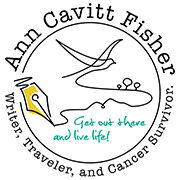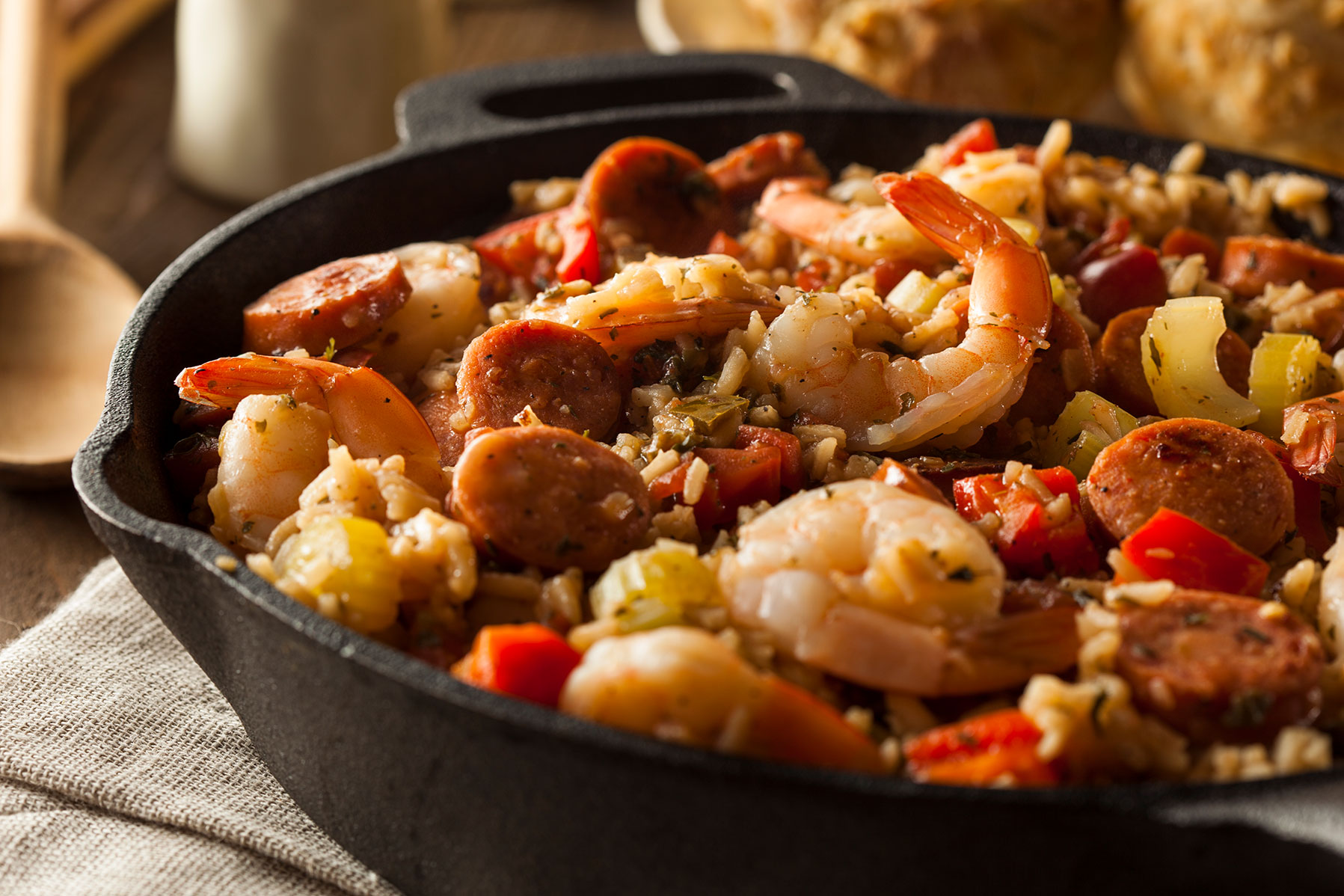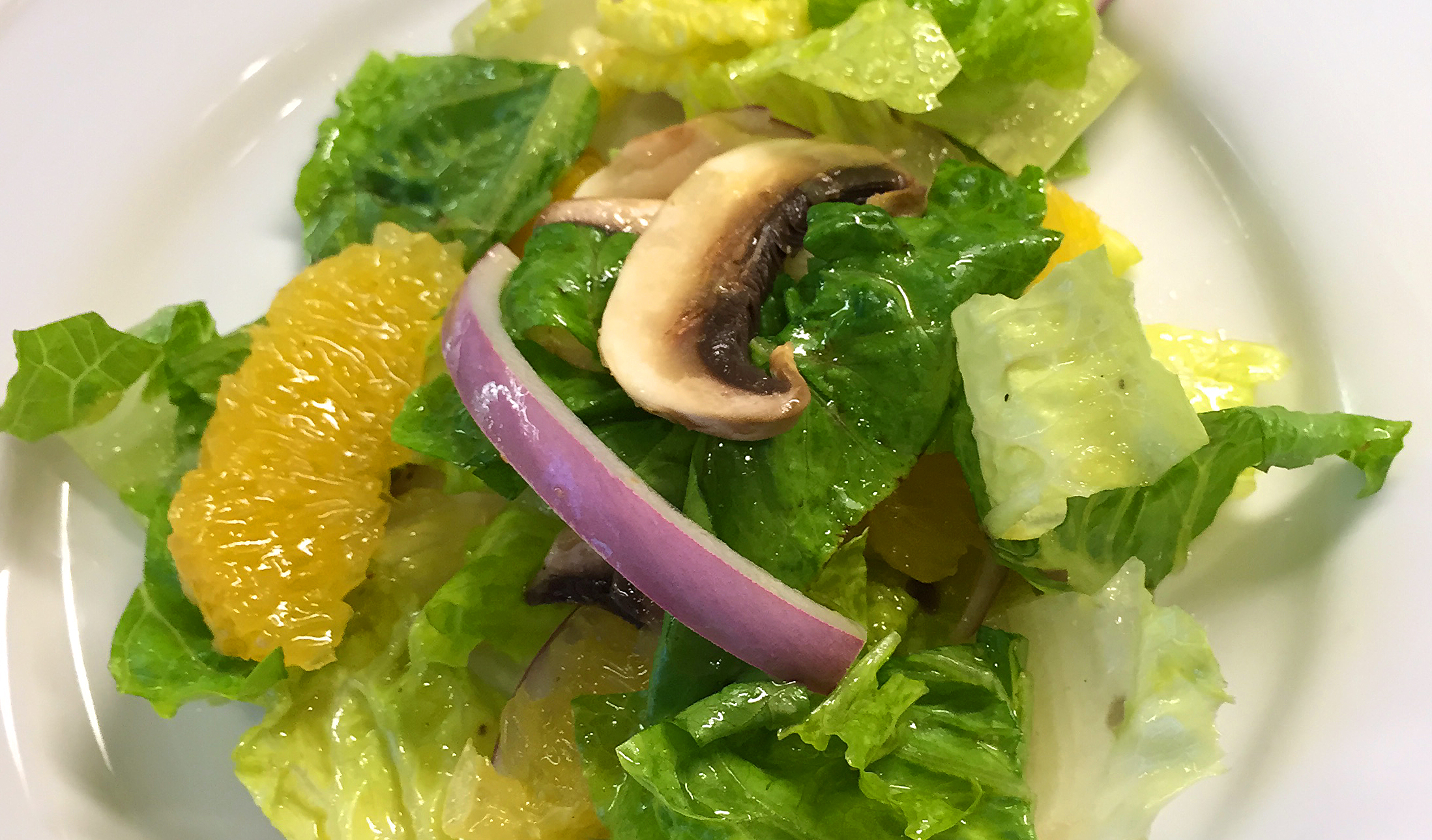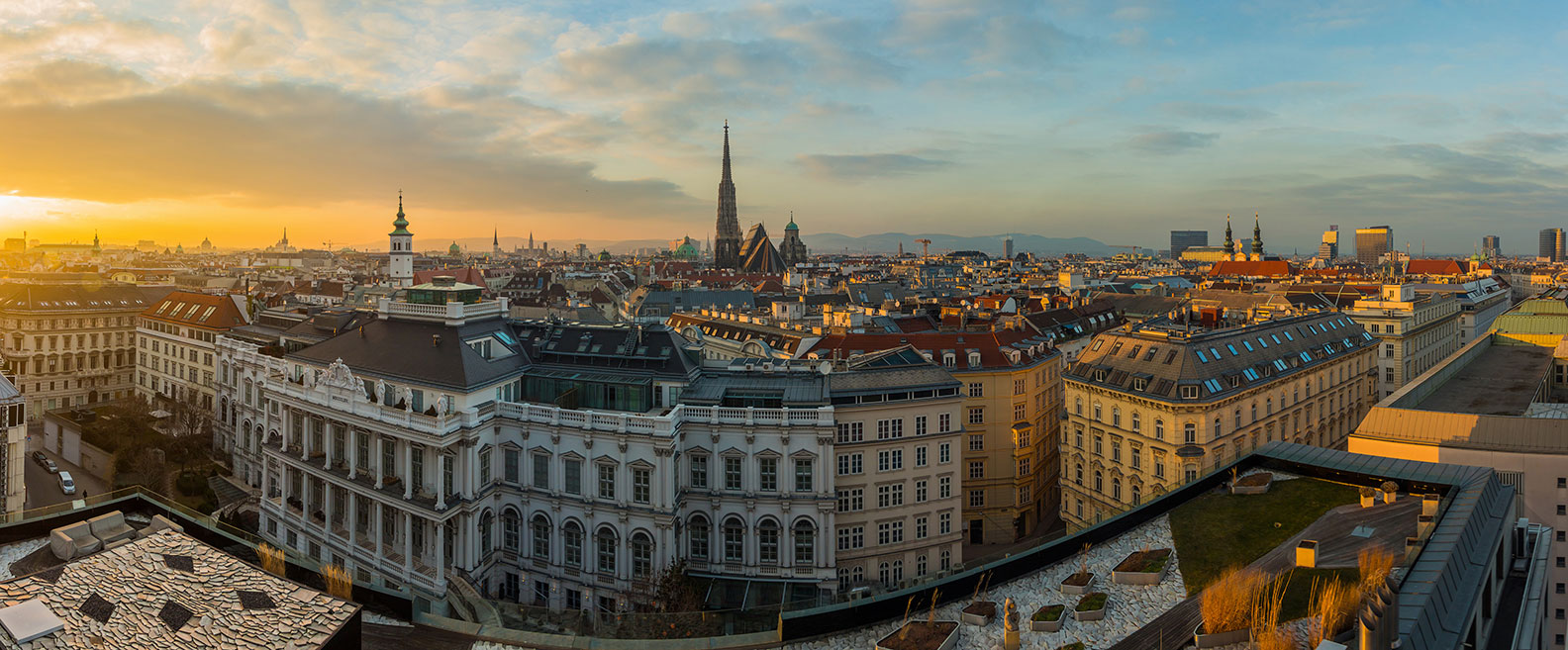
As the editor of All About Mardi Gras for nine years, I was lucky enough to explore Carnival/Mardi Gras food and fun in eight cities around the USA, and developed a deep and abiding love for the people and cuisine down along the Gulf Coast. And the thing that strikes me most about the area is that the Gulf Coast offers one of America’s few truly regional cuisines.
There are arguments to be made for New England, California, and for Tex Mex, but Gulf Coast classics like jambalaya, gumbo, king cake, boudin, bread pudding, Po-Boys, etc., while they exist elsewhere in the American South, are roundly acknowledged as hailing from Alabama, Louisiana, and the surrounding coastal communities and bayous.

The fact that this part of the country has such a distinct style of food comes as no surprise when you look at the Cajun, Creole, Native American, and other immigrant populations that have been largely responsible for its development.
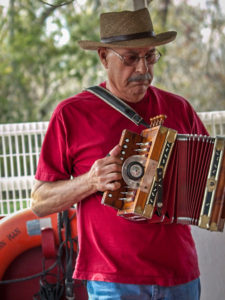
Cajun & Creole
In and around 1755, when the French immigrants living in Acadia (in the Canadian Maritime provinces) lost their land, many of them relocated to Louisiana. At that time, the Acadians (who would come to be known as Cajuns) included families that had intermarried with Native American and First Nations peoples and English, Irish, Scottish, and other settlers. This accounts for the diversity of cultures represented in many of the dishes that have come out of the Gulf Coast.
And, when you add to that the influence of German settlers who would eventually settle in western Louisiana and throughout Central Texas (Fredericksburg and surrounding towns), the roots of boudin and other regional charcuterie are evident.
While Acadian/Cajun efforts to harness and master the land and bayous influenced Gulf Coast Creole population and cuisine, this regional blend of cultures also owes much to the salons and estates of European aristocracy.
Because the second sons of the European upper class stood to inherit almost nothing, the lion’s share going to their older brothers, many took what little they could get from their family and ran off to the New World to make their fortune. They became the first Louisiana landed gentry.
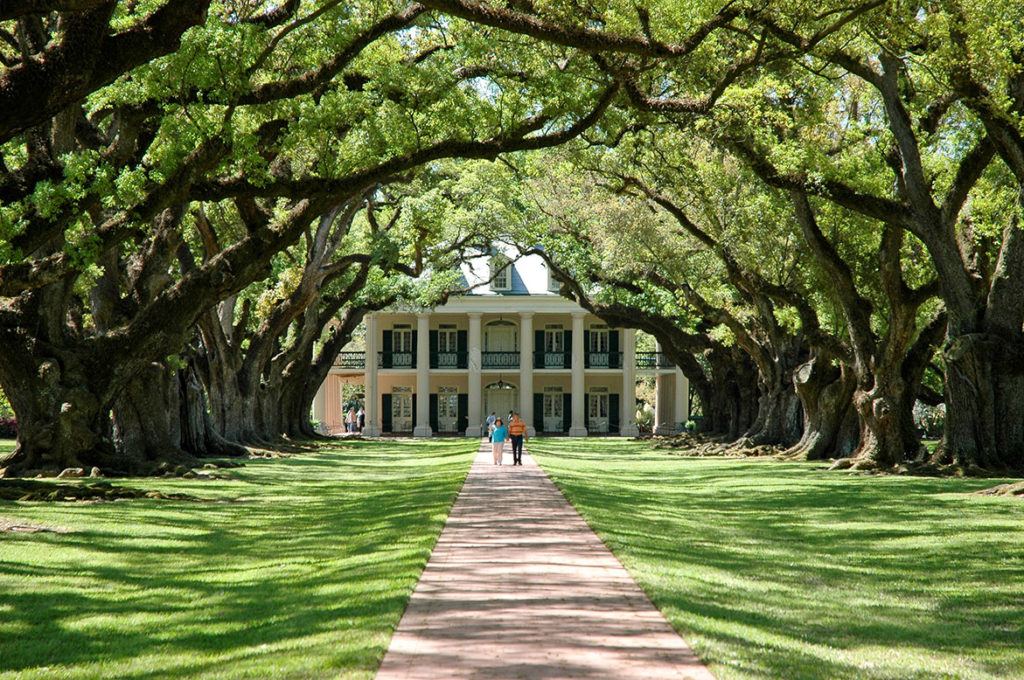
Unwilling to fight the land for mere subsistence, they recreated the lifestyle they’d enjoyed back in Europe. Their descendants came to be known as Creoles, a term that comes from the Spanish/Portuguese terms ciollo/criollo/crioul, and is used to distinguish people born in the New World (including Latin America) from those born in Europe. Some also say the term Creole applies to all mixed-race children born throughout the Americas and the “New World.” And, indeed, it’s also used to refer to the slaves brought from the Caribbean.
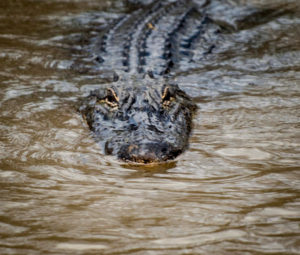
In contrast to the Cajun settlers, when it came to food (uh, dining) early (privileged) Creole settlers, sent their cooks and servants (who came with them from Europe) to the local markets. It was here that they found many of the same ingredients encountered by Cajun settlers. But the early Creole immigrants’ desire to gentrify Louisiana saw them turn those ingredients into a localized version of their French, Spanish, and Portuguese “home food.”
As a result, and to this day, the shorthand is that Cajuns are less well off and live modestly off the land, and Creoles come from wealth and privilege. While this is a gross oversimplification, the basic tenants of this statement have a foundation in history.
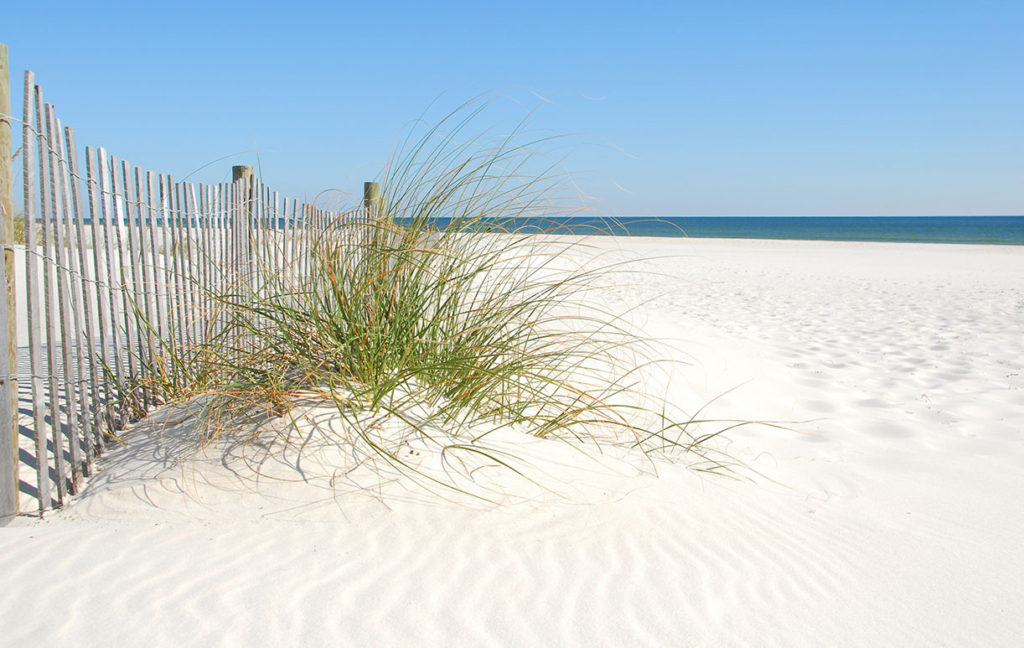
Pensacola, FL
Today, the mix of haute cuisine, and Gulf Coast classics based on local ingredients and subsistence from the land and sea is felt in dishes like the famous ‘Grits a YaYa” introduced in 1998 by chef Jim Shirley at the Fish House in Pensacola, FL.
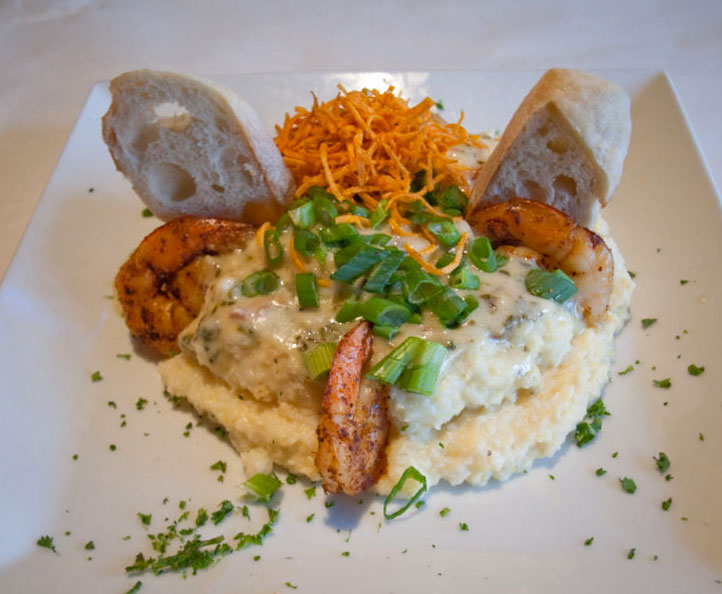
Essentially a glorified (and glorious) rendition of the shrimp and grits found around the Gulf Coast and American South, ‘Grits a YaYa’ blends the earthy corn goodness of grits, portobello mushrooms and shallots, with the smoky flavor of bacon, the richness of gouda and heavy cream, and the tender chew of fresh Gulf Shrimp.
Mobile, AL
Just an hour or so west of Pensacola lies Mobile, Alabama, the ancestral home of Mardi Gras, a place where we start to see the mix of old and new, and a blending of the Cajun and Creole cultures, a modest life versus a life of privilege.
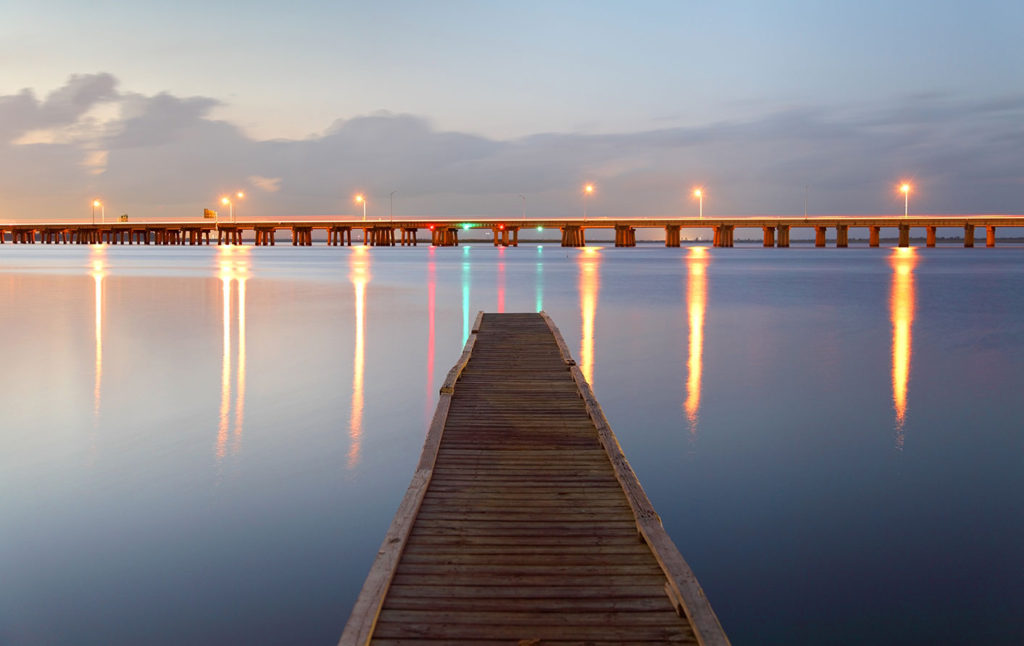
When Mobile hosted the first U.S. Mardi Gras in 1703, little did the celebrants know that 300+ years later the tradition would be going strong. And, to this day, Mardi Gras in Mobile is a confluence of old money Mobile families (think southern belles in big flouncy hats, and dashing young men in colorful blazers with drink in hand), and Mardi Gras party goers from around the world.

In Mobile, those with money to spend stay at, and gather inside, the opulent Battle House Hotel, while the huddled partying masses gather outside each night during Mardi Gras to watch a giant Moon Pie drop from the sky, signaling the start of that night’s Mardi Gras revelry. The Moon Pie is, of course, a southern classic made of marshmallow sandwiched between two soft cookies and covered in chocolate, and a not-too-sweet taste that unites rich and poor alike. And, did you know? In addition to beads and doubloons, they throw Moon Pies from the Mardi Gras floats in Mobile. Now, there’s a sweet reason to celebrate Carnival in Alabama!
That said, it seems that serious sweets are a common theme in Gulf Coast Cuisine. In fact, one of my favorite stops in Mobile is always Spot of Tea, a small restaurant across the street from Cathedral Square. And while their breakfast menu includes Eggs Cathedral and seafood eggs benedict, my all-time (raging sweet tooth) favorite is their Bananas Foster French Toast, which has one foot in the classic New Orleans dessert, and another in the traditional southern/Gulf Coast bread pudding, which I’ll eat any time, any place. Sadly, I have no pictures of my Spot of Tea favorite, because, honestly, who has the time to stop for photos when perfection sits before you.
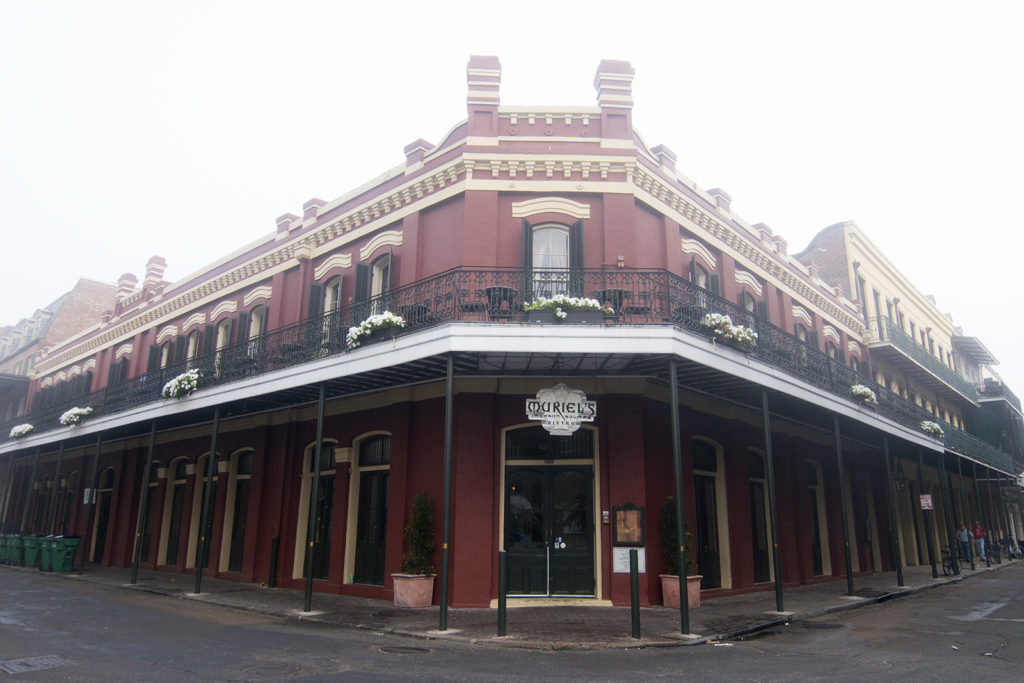
New Orleans, LA
Pushing further west from Mobile and into New Orleans, the clash of city/country becomes even more evident, as you find bowls of gumbo, plates of jambalaya, and bread pudding on nearly every menu from tiny cafes and diners to the mystic Old South finery of Muriel’s Jackson Square. And though the preparations of each of these classics varies, the quality and quantity can’t be prejudged based on the size, location, or price point of the establishment.

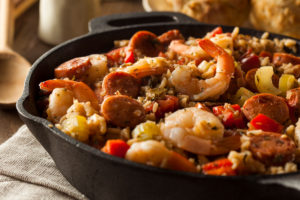
Some of the best gumbo I’ve ever had was in a tiny cafe, and cost about $2.50. And jambalaya, regardless of the establishment, comes, roughly speaking in two forms, brown and red (meat stock-based and tomato-based). Both are good, and, again, hail from different cultural experiences.
The Cajun life of hunting, trapping, and fishing has resulted in more of a meat gravy-based tradition, while the spicier, less “earthy” Creole way of cooking leans towards a tomato sauce.
And it’s here, in NOLA (New Orleans) tucked away in the nostalgic home of all things Mardi Gras and Gulf Coast, that you’ll find Brennan’s with its original, garishly flaming preparation of Bananas Foster. But, as much as you “should do” Brennan’s at least once, I believe the best of the Gulf Coast lies further west.
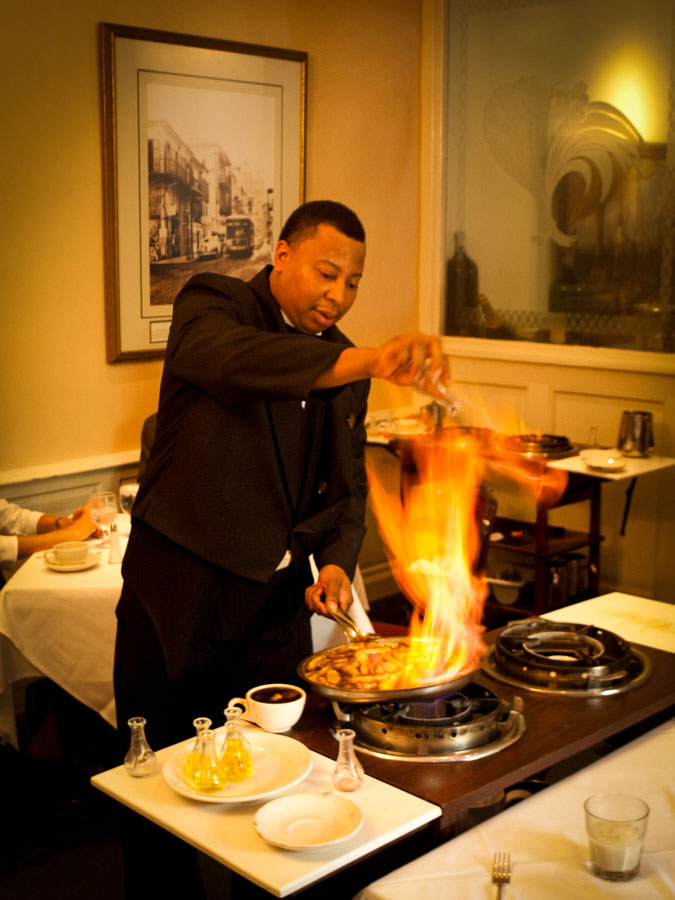
Houma, LA
To my dying day, I will remember the crawfish boil at Boudreau and Thibodeau’s an hour southwest of New Orleans in Houma. At Boudreau and Thibodeau’s you sit around a table with friends, a tub of boiled crawfish is unceremoniously heaped onto newspaper, and as you wade into the “mudbugs”, the feast is liberally augmented with corn on the cob, sausage, and bread. Washed down with cold beer, there’s nothing quite like it for sheer Cajun excess. And for those that don’t want to board the bullet train to gluttony, the Boudreau and Thibodeau’s menu has plenty of reasonably-portioned Gulf Coast standards (grilled shrimp, crab cakes, Po-Boys, étouffée, etc.).

Nestled on Bayou Cane in Terrebonne Parish, Houma is real Cajun country, and prides itself on its food, Mardi Gras celebrations, and down-home hospitality. It’s a great place to experience a family friendly Mardi Gras, explore the bayou, and enjoy true Cajun cooking at places like Boudreau and Thibodeau’s and the tiny, somewhat decrepit-looking A-Bear’s Cafe, which is as “casual” and hole-in-the-wall as you could ask for, and holds a place in my heart thanks to their soul-satisfyingly good red beans and rice with sausage.

Lake Charles, LA
But if you’re on the hunt for sausage, and all things related to Cajun charcuterie, the place you ought to be is three hours west of Houma along the Boudin Trail in and around Lake Charles, just a stone’s throw from the Texas border.

The sausage makers and pork promoters around Lake Charles are so proud of their heritage and their products that they’ve created the “Boudin Trail”, a driving trail to lead the culinarily curious to the best sources (restaurants, stores, markets, and purveyors) of boudin, a casing sausage (non-patty) made from rice, spices, and some combination of pork, crawfish, shrimp, occasionally gator, or any other meat that’s available, and claimed by both Cajuns and Creoles alike.
Situated on Bayou Black, Lake Charles is real bayou Cajun country too, and boasts a massive family-friendly Mardi Gras celebration, and the annual Royal Gala Mardi Gras costume show. There’s also a local Mardi Gras museum with an amazing collection of Mardi costumes from years gone by.
For excellent Cajun, Creole, and Gulf Coast fare in Lake Charles, I recommend Steamboat Bill’s for the gumbo, boudin balls, Po-boys (sandwiches), and crawfish pistoletttes.
King Cake
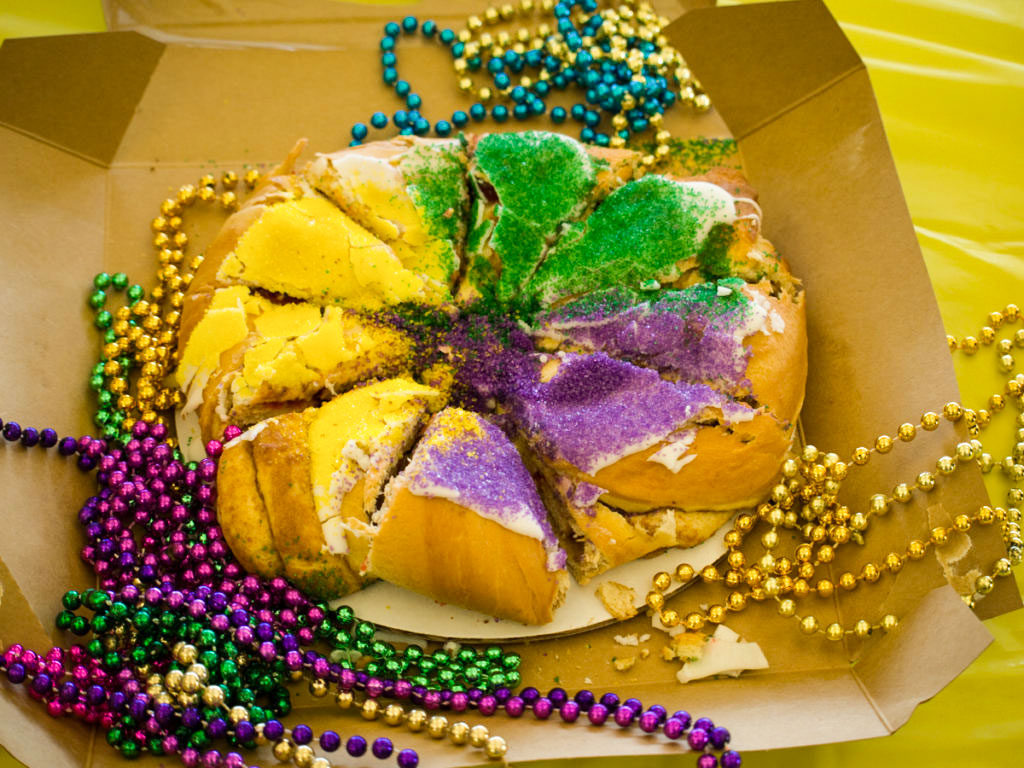
And, whether you choose to celebrate Mardi Gras in Mobile, New Orleans, Pensacola, or the more sedate bayou enclaves of Houma and Lake Charles, you’ve simply got to try a piece of King Cake, the fondant-slathered traditional pre-Lenten brioche cake with roots in ancient harvest rituals. But be careful not to bite down on the plastic baby hidden inside. While it’s considered good luck to find the baby, it also means you’re duty bound to buy the next King Cake.
From Pensacola, Florida to Lake Charles, Louisiana, classic “Gulf Coast cuisine” reflects the many shades of rich and poor, native and immigrant, old and new that tamed both the land and the sea, and built a culture brimming with creativity, hospitality, and a strong sense of history, much like the rest of the American South. But, down here, along the bayou and the ocean, it all seems somehow more vibrant and alive, and it stokes the appetite that much more.

Whatever your favorite Gulf Coast treat, don’t forget to finish it off with a cold glass of sweet tea and a buttermilk biscuit.
Cheers,
Glenn K.
 Glenn Kaufmann is a freelance travel, food, and film journalist based in Dublin, Ireland. As a child of the American South, he has a weakness for buttermilk biscuits. As an escapee from Los Angeles, he has a love for seeing beaches and deserts in the same day. And, now, in Ireland, he’s developed a fondness for whiskey (and a collection to match).
Glenn Kaufmann is a freelance travel, food, and film journalist based in Dublin, Ireland. As a child of the American South, he has a weakness for buttermilk biscuits. As an escapee from Los Angeles, he has a love for seeing beaches and deserts in the same day. And, now, in Ireland, he’s developed a fondness for whiskey (and a collection to match).
